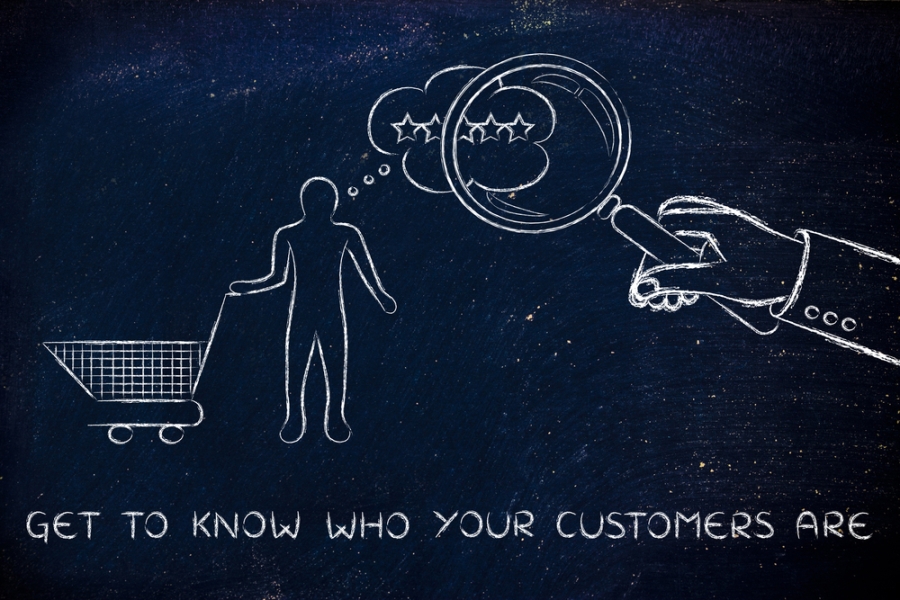Some of the important work you can do when you’re running a business, trying to build sales, or developing a marketing plan is to learn who your customers are: where do they come from; how do they get to work; what newspapers do they read; how much money do they have to spend; do they own a house? These and a hundred other questions are vital to optimising your business, your products and communications, and ensuring you see a healthy return on the investments you make. A fine knowledge of your customer base also allows you to target adverts more efficiently, lowering your marketing spend, while boosting the results you see.
The Problem With Social Listening
One of the most established ways of learning about your customers was social media listening. This involved monitoring the conversation around the keywords related to your industry on the major social media networks. This can tell you who your customers are, what they think and even where they are when they think it, thanks to location logging but unfortunately, it’s become less useful in recent years.
Social listening data is compromised in two keyways: firstly, people are more sophisticated users of social media now. They tend not to give their pure, unvarnished opinion in a way you can monitor easily. There’s also the problem of Dark Social – conversations happening on private, peer-to-peer messaging apps. Lots of the most useful, revealing data is shared on WhatsApp and Snapchat in a way you simply don’t have access to, making hard for you to form a conclusive picture of your market in this way.
Market Research
This means you have to return to more traditional forms of market research. Getting help from the experts is the best way if you have the money to pay. They provide a full demographic workup of your market, divided into segments, so you can prioritise which groups to focus on.
One of the ways market researchers get the data they work with is to pay to insert one or two questions into a bigger ‘omnibus survey’ – a large general survey many different brands or individuals can pay for questions in. As well as the answer to the specific questions you ask, you also get the demographic data all the respondents have to fill in at the start of the survey, so if you can use your questions efficiently to identify consumers with an interest in your products, you can quickly and cheaply get the data you need to learn who your customers are!

